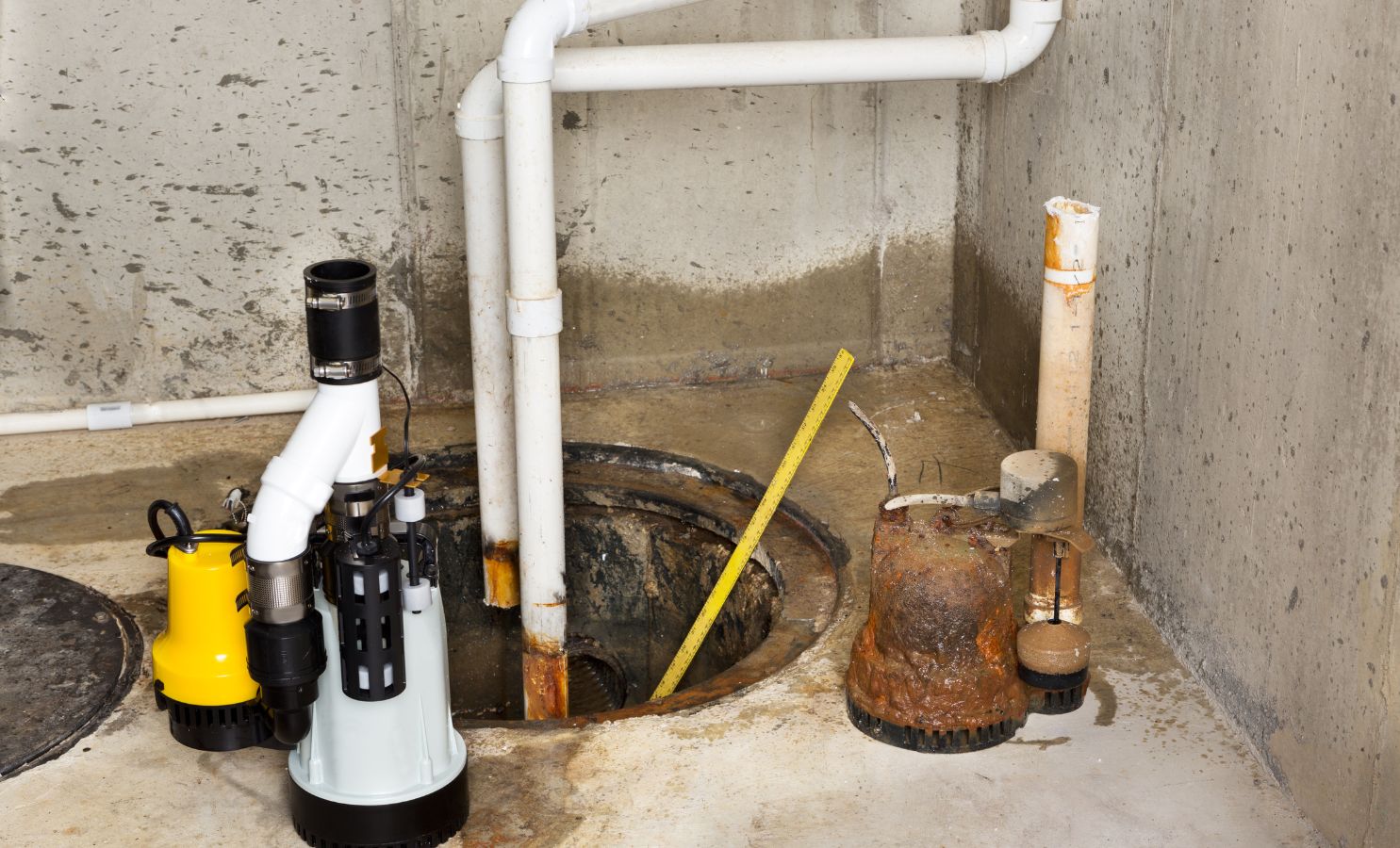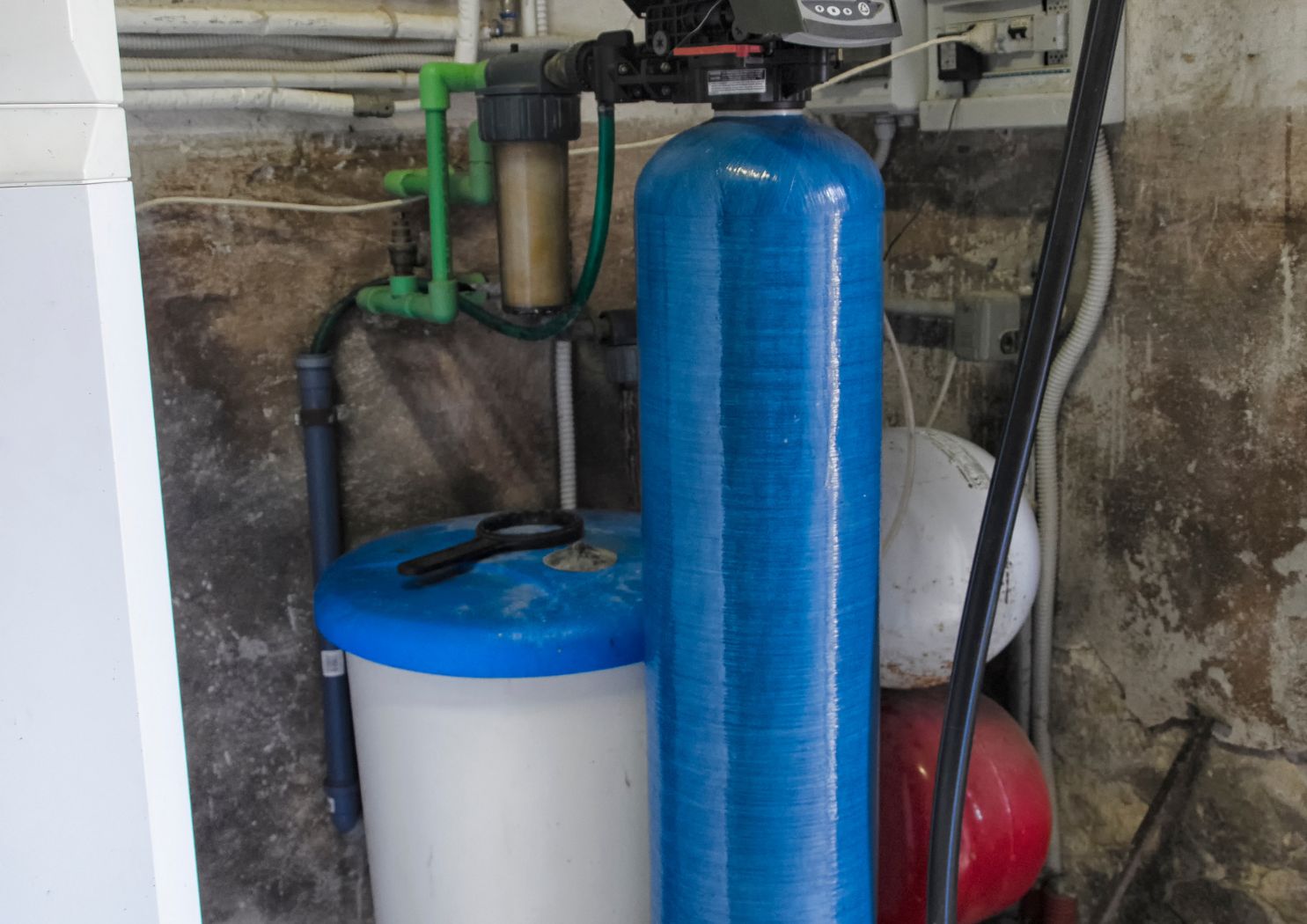Signs Your Toilet Tank Plumbing is Bad: A Quick Guide
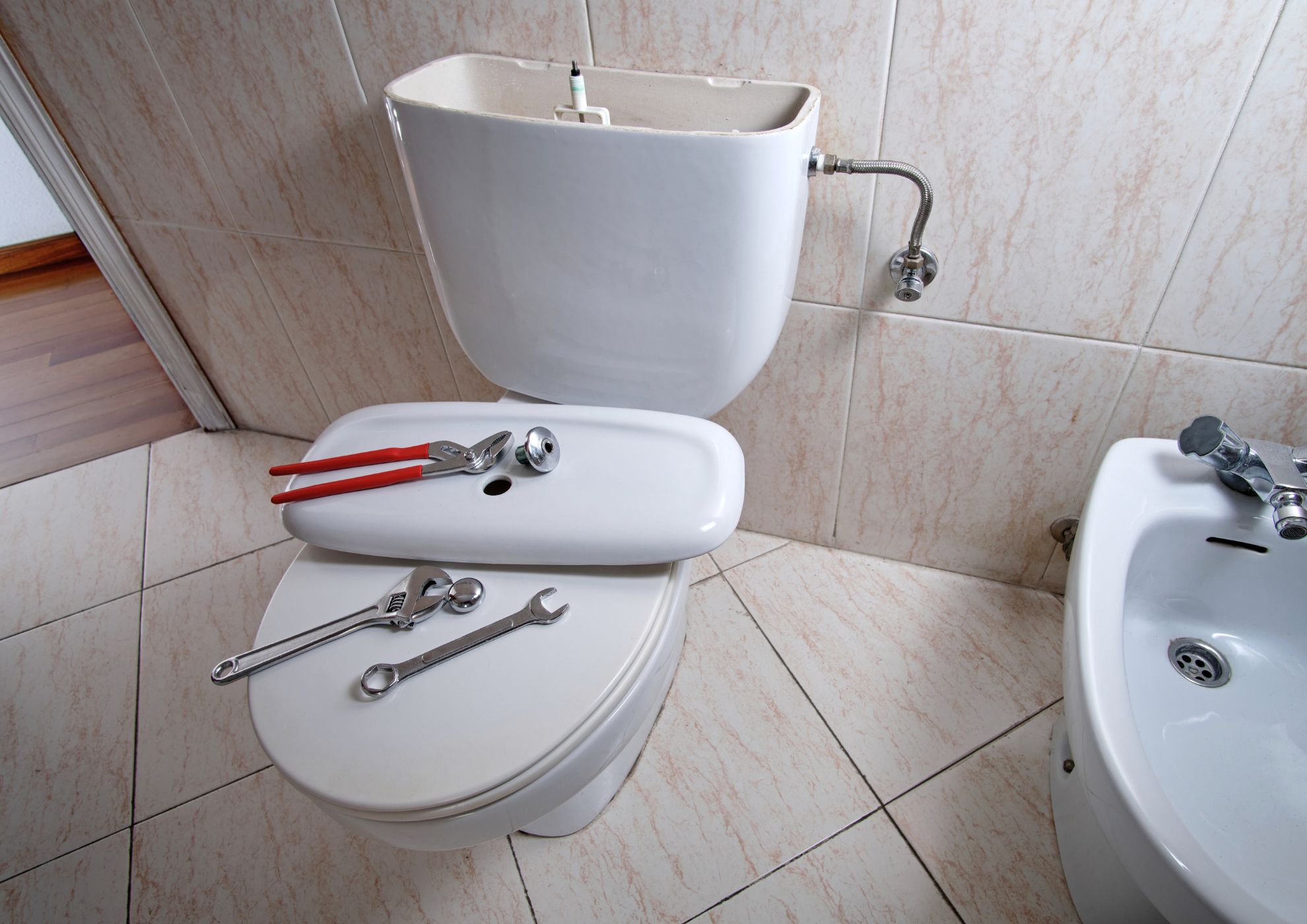
Your toilet is an essential part of your home’s plumbing system, but it’s easy to overlook until something goes wrong. Plumbing issues in the toilet tank can lead to leaks, water damage, and high water bills. Knowing the signs of trouble can help you address issues early and prevent more significant problems down the road. In this blog, we’ll explore common signs that indicate your toilet tank plumbing might be in need of repair or replacement.
1. Constantly Running Water
One of the most noticeable signs of a problem is a toilet that never stops running. If you hear water continuously flowing into the bowl, it could mean the flapper valve isn’t sealing properly, or there’s an issue with the fill valve. This constant flow can waste a significant amount of water and increase your utility bill.
What to Do
Check the flapper valve to ensure it’s not worn or misaligned. If it’s damaged, replace it. For issues with the fill valve, you may need to adjust or replace it. If you’re not comfortable doing this yourself, consider calling a plumber.
2. Leaking at the Base of the Toilet
If you notice water pooling around the base of your toilet, it’s a clear sign of a leak. This could be due to a faulty wax ring, a cracked toilet bowl, or loose bolts connecting the tank to the bowl. A leak at the base can cause significant water damage to your floor and subfloor if not addressed promptly.
What to Do
Tighten the bolts that secure the toilet to the floor, but be careful not to overtighten, as this can crack the porcelain. If the problem persists, you might need to replace the wax ring or even the entire toilet. Leaks from a cracked bowl generally require a full toilet replacement.
3. Slow Tank Refill
If your toilet tank takes an unusually long time to refill after flushing, it could indicate a problem with the fill valve or a blockage in the water line. A slow refill can also be due to low water pressure in your home.
What to Do
Check the fill valve for obstructions or debris. If the fill valve is faulty, replace it. If the water flow is generally slow throughout your home, it might be a broader plumbing issue that requires professional attention.
4. Gurgling or Strange Noises
Gurgling or bubbling sounds coming from your toilet tank can indicate a blockage in the drain or vent system. This could lead to poor drainage and other plumbing issues.
What to Do
First, try using a plunger to clear any blockages. If the gurgling persists, it might indicate a more significant problem, such as a clogged sewer line or vent stack. In this case, it’s best to call a plumber.
5. Cracks in the Tank
Visible cracks in the toilet tank can lead to water leaks and potential tank failure. Cracks may start small but can quickly worsen with pressure or temperature changes.
What to Do
If you notice cracks, you should replace the tank or the entire toilet. Temporary fixes like epoxy might work, but they are generally unreliable in the long term.
Your toilet is an essential part of your home’s plumbing system, and keeping it in good working order is crucial. If you notice any of these signs, take action promptly to prevent further damage or costly repairs. For complex issues or when in doubt, it’s always best to consult a professional plumber to ensure the job is done safely and correctly. With regular maintenance and attention to these warning signs, you can keep your toilet and plumbing system in top shape.
If these methods haven’t resolved your issues, it’s time to contact a professional. Elek Plumbing can swiftly and effortlessly fix your toilet.
Request Service
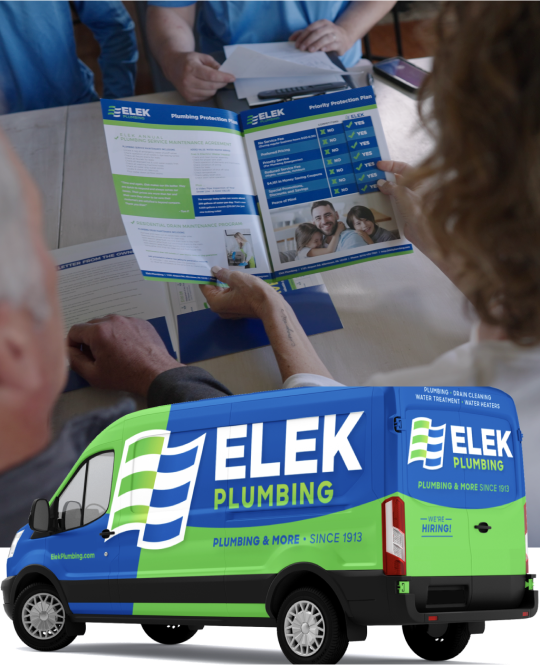
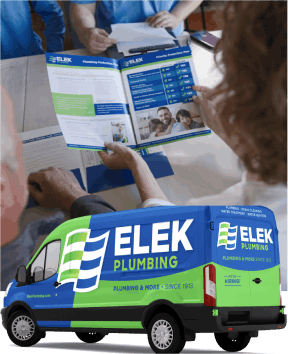
Water heaters last between 8 – 12 years on average when properly maintained. However, your water heater's life span depends on many factors, including the quality of the unit, its maintenance schedule, and the surrounding environment. If you’re unsure whether it’s time to replace your water heater, request a free estimate from our team.
Can well pumps be repaired, or do they need to be replaced? Can well pumps be repaired, or do they need to be replaced?In most cases, well pumps are not repairable. However, in some instances, all that’s needed is a bit of maintenance or a minor electrical fix to restore full system functionality. The only way to determine whether your well pump is salvageable is by having a knowledgeable plumber inspect the system.
Is it safe to use chemical drain cleaners? Is it safe to use chemical drain cleaners?Drain cleaning chemicals are highly toxic. These chemicals are unsafe for your family and pets and can damage your pipes, causing them to deteriorate prematurely. When stubborn clogs impact your system, the best solution is to hire a plumbing professional to clear the blockage.


